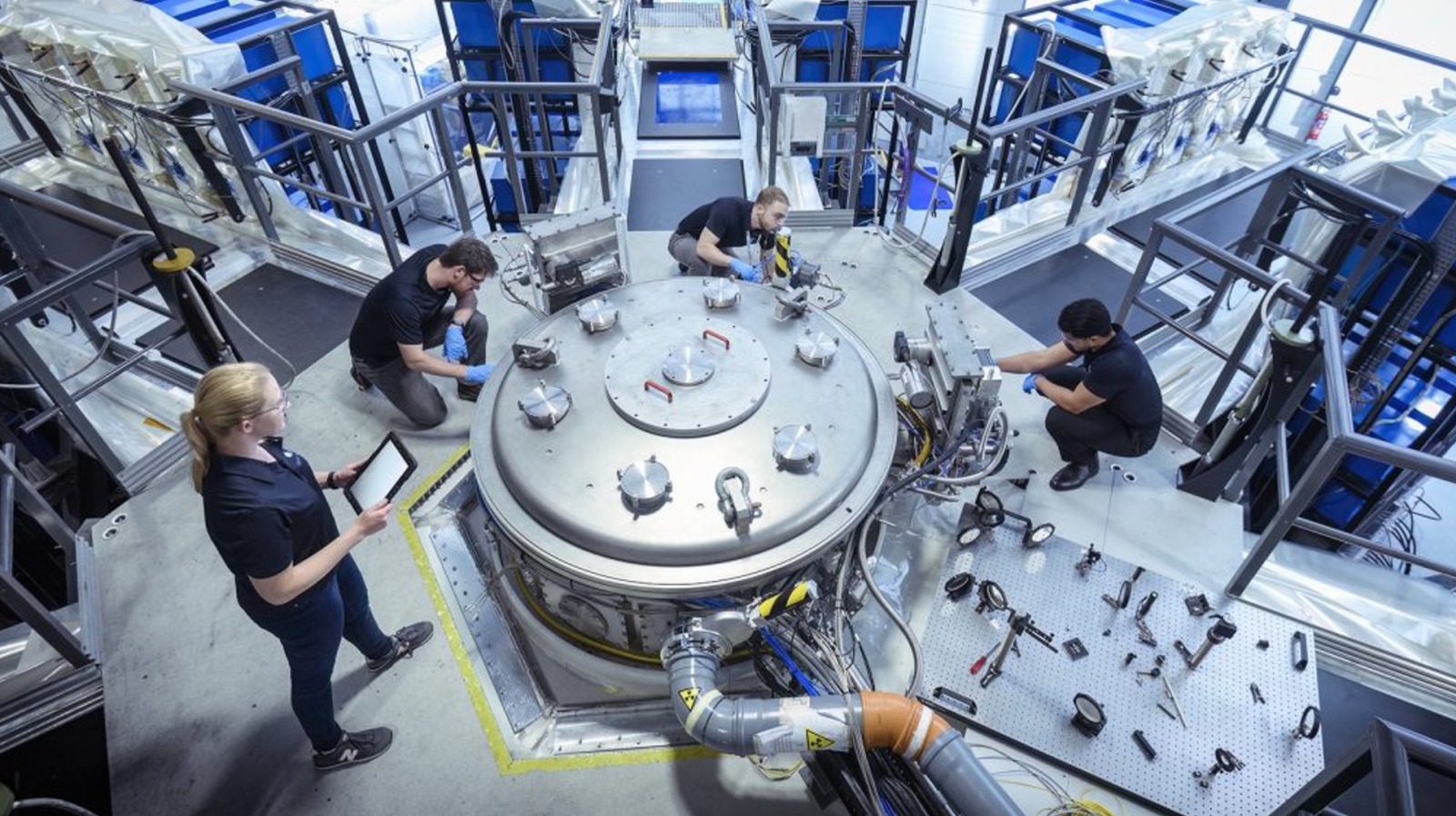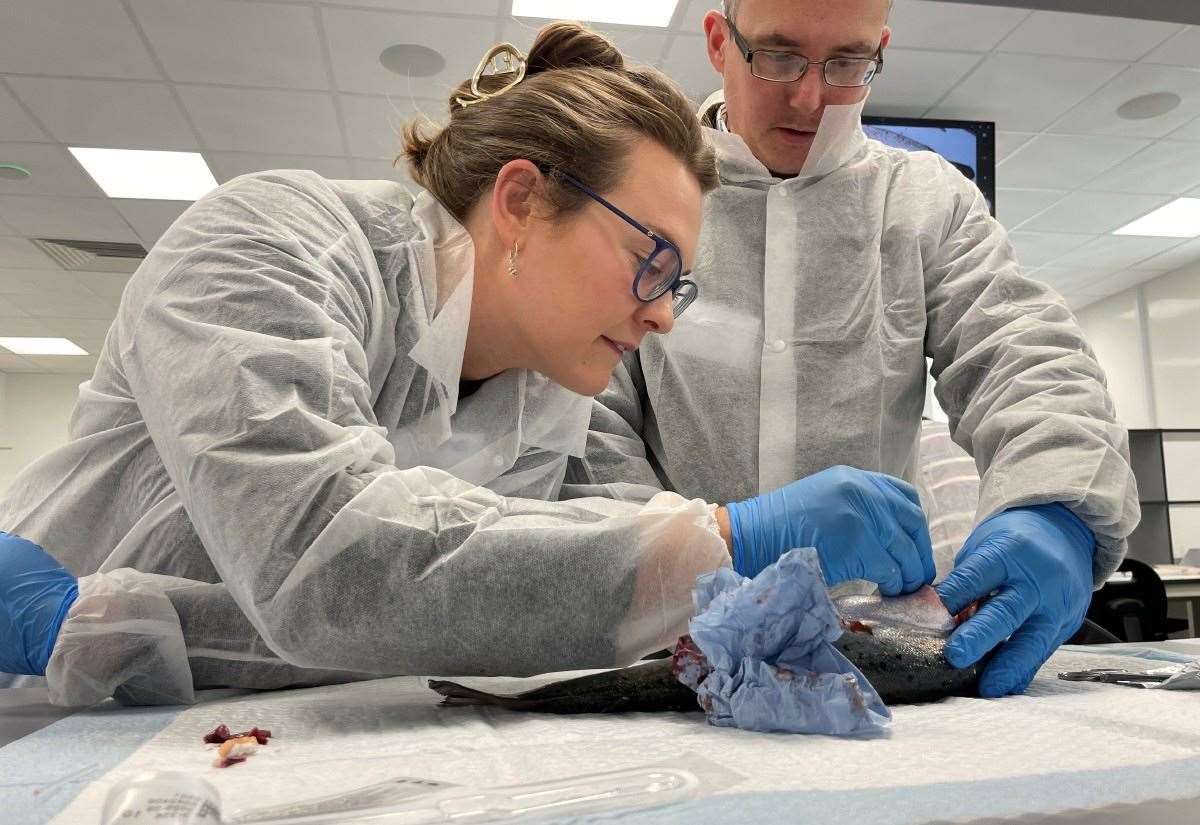In a significant advancement for fusion energy, the UK-based company First Light Fusion has achieved a breakthrough that could pave the way for commercially viable fusion reactors. This innovation centers around a method known as FLARE (Fusion via Low-power Assembly and Rapid Excitation), which marks the first time a high gain inertial fusion process has been realized. This development not only brings humanity closer to tapping into a near-limitless energy source but also holds the potential to transform the global energy landscape by reducing reliance on fossil fuels.
Understanding Fusion Power and Its Potential
Fusion power derives energy from the heat generated during nuclear fusion reactions, where two light atomic nuclei merge to form a heavier nucleus, releasing substantial energy in the process. Theoretically, a working fusion reactor could produce vast amounts of energy, offering a sustainable alternative to traditional coal and gas sources while significantly lowering greenhouse gas emissions.
Despite numerous advancements in fusion research, a commercially viable reactor has yet to materialize. The latest achievement from First Light Fusion represents a critical step forward in this quest. The company’s innovative approach to achieving “high gain” is seen as a landmark moment in the field. Gain, in the context of fusion power, occurs when a reaction generates more energy than the energy used to initiate it, a challenge that has historically hindered the development of practical fusion technologies.
Details of the FLARE Method
The FLARE method has the potential to achieve a gain of up to 1,000, a stark contrast to previous experimental gains, which had only reached around four. This notable milestone was previously established by the U.S. Department of Energy’s National Ignition Facility in May 2025. FLARE separates the processes of compressing and heating the fuel, employing a technique known as “fast ignition” to compress the fuel and generate a substantial energy surplus.
In its white paper detailing FLARE, First Light Fusion claims that just one kilogram of fusion fuel contains energy equivalent to 10 million kg of coal. This remarkable energy density highlights the vast potential of fusion as a clean energy source.
For ignition to occur, the fuel must reach temperatures of approximately 100 million kelvin (around 180 million degrees Fahrenheit), enabling a self-sustaining fusion reaction. While generating such extreme heat demands significant energy, the benefits of achieving self-sustaining fusion could far outweigh initial costs, leading to a new era of energy production.
If the FLARE process functions as theorized, it may finally establish a pathway to self-sustaining fusion, potentially allowing for a network of reactors to provide energy on a global scale. As research in fusion power accelerates, the prospect of achieving this revolutionary energy source appears increasingly feasible.
The breakthrough from First Light Fusion is a substantial progression toward realizing the long-held dream of fusion power, though it is important to recognize that further research and development are essential before fusion power plants can replace conventional energy sources. Nonetheless, this achievement highlights the growing momentum in fusion research and the potential for a cleaner, more sustainable energy future.







